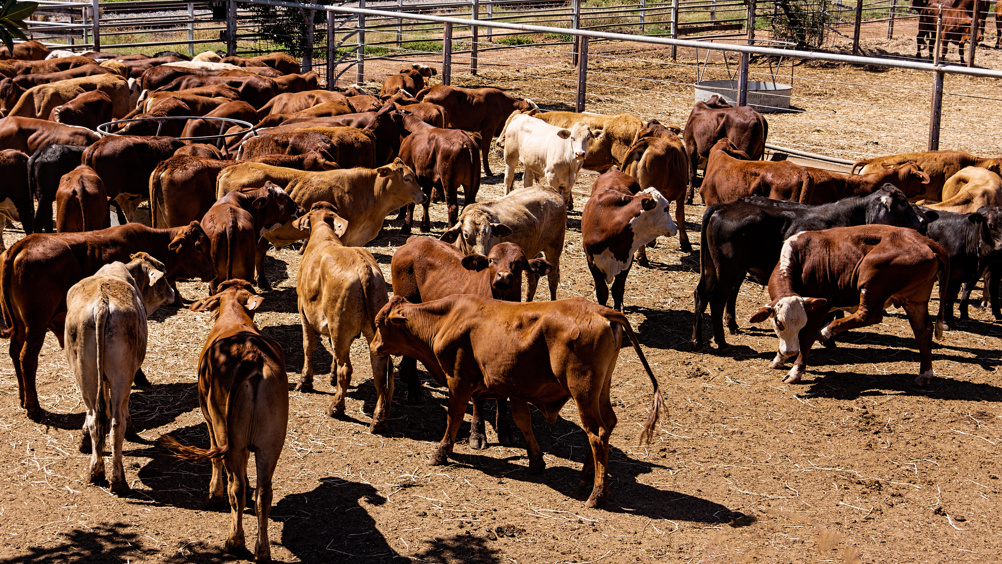References
Postpartum hypocalcaemia in dairy cows

Abstract
The onset of lactation is associated with a rapid increase in calcium demand that may precipitate a failure of calcium homeostasis, resulting in subclinical or clinical hypocalcaemia. Subclinical hypocalcaemia is most common and is associated with poor subsequent productivity and poor postpartum health. Clinical hypocalcaemia affects fewer cows but, in severe cases, may be fatal. Implementation of effective strategies to optimise blood calcium concentration at calving and prepare cows for the demands of early lactation prevention is key to managing and preventing hypocalcaemia.
The start of lactation is associated with a sudden increase in calcium demand from approximately 30 g per day in late gestation to in excess of 50 g per day in some cows (DeGaris and Lean, 2008). This increase in demand can exceed the capacity of rapid-response calcium pools and calcium homeostasis mechanisms may fail, resulting in hypocalcaemia. Postpartum hypocalcaemia is one of the most well-known conditions of dairy cattle, with clinical hypocalcaemia having been described for hundreds of years (McGuffey, 2017); however, it is now recognised that subclinical hypocalcaemia is the more common form, affecting up to 60% of postpartum dairy cows (Reinhardt et al, 2011; Rodríguez et al, 2017; Venjakob et al, 2017; Neves et al, 2018).
Register now to continue reading
Thank you for visiting UK-VET Companion Animal and reading some of our peer-reviewed content for veterinary professionals. To continue reading this article, please register today.

